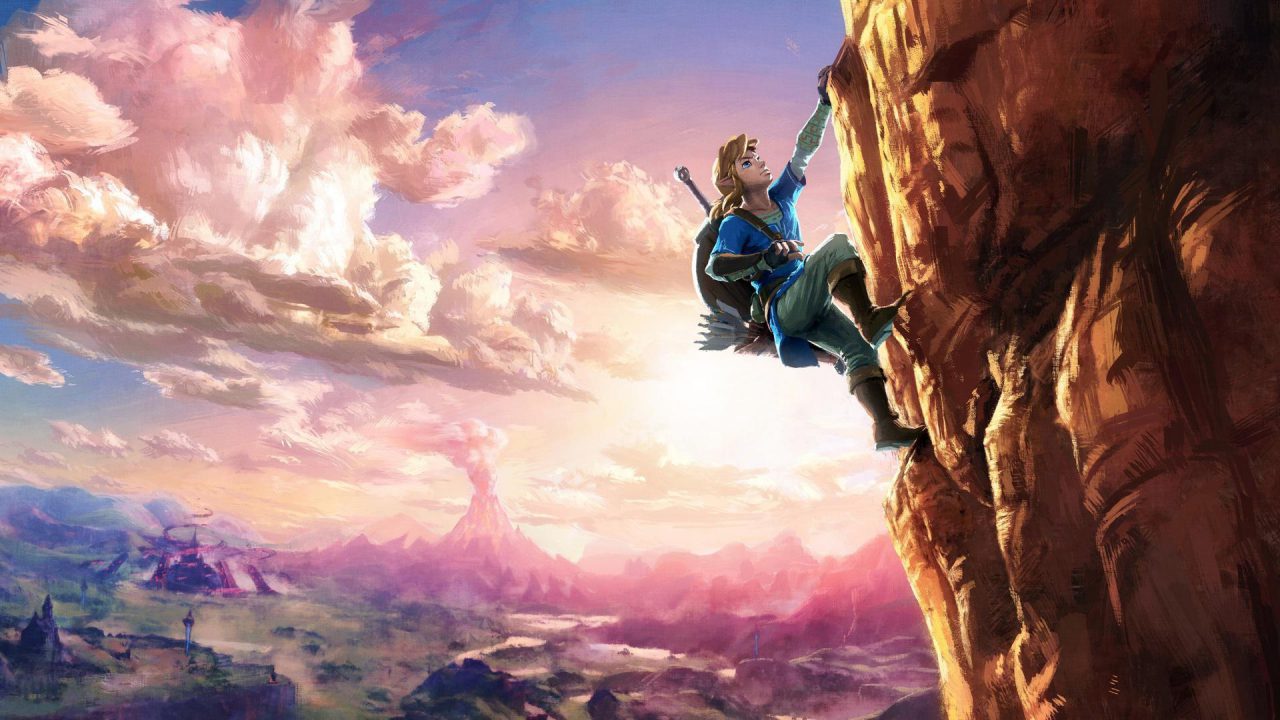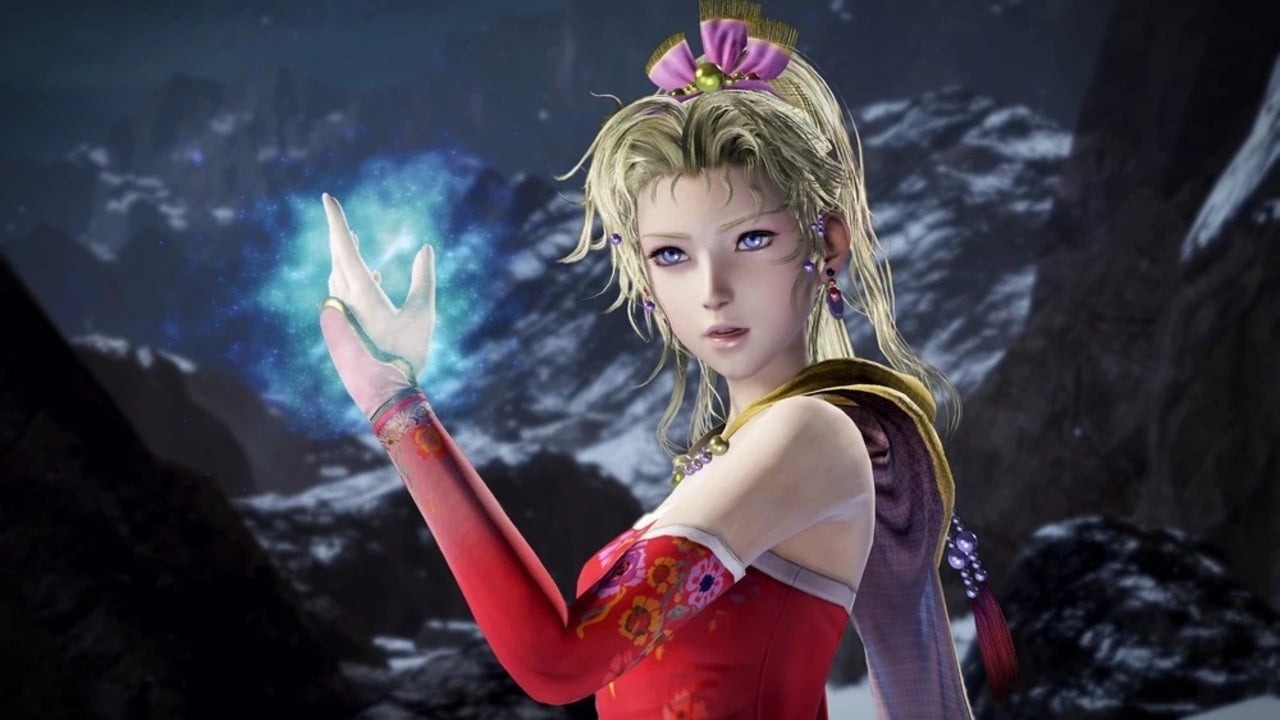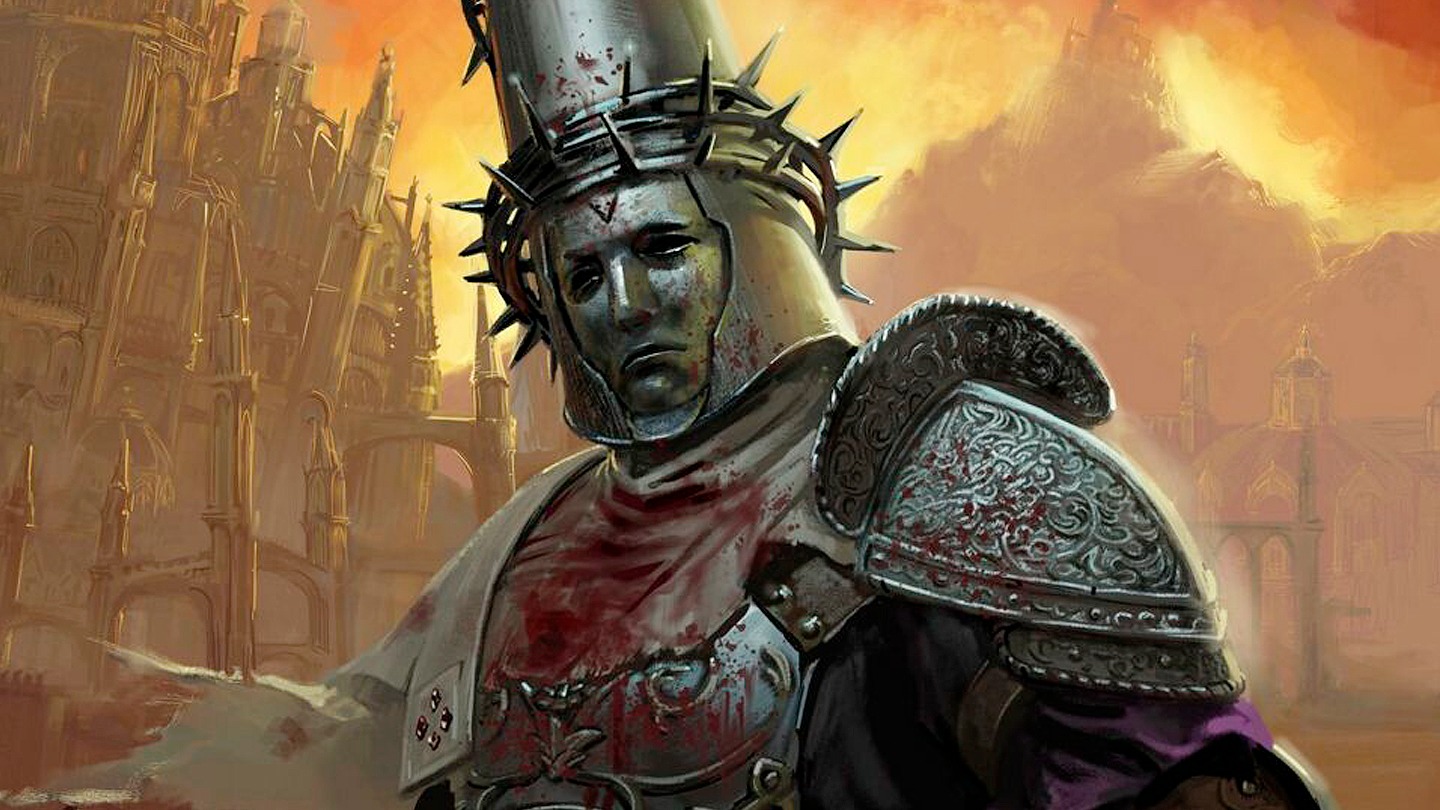Soapbox features enable our individual writers and contributors to voice their own opinions on hot topics or random stuff they’ve been thinking about, opinions that may not necessarily be the voice of the site. Today, Nathan discusses the sense that Nintendo’s handheld hybrid approach with Switch has led to fewer experimental curios…
As early as January 2013, the seeds of Nintendo Switch were — unbeknownst to us — being sown as Nintendo announced plans to merge their previously separate handheld and console game development studios. This idea of unified development was emblematic of the hybrid console fans eventually received, with handheld and home console now just two sides of the Switch’s coin, instead of separate entities. This move meant consumers no longer had to buy two consoles and Nintendo’s many talented development studios all now worked together to produce a steady stream of content for a single system.
The runaway sales success of the Switch, as well as record-breaking sales for many Nintendo series, show that this was, objectively, a very smart move. Nintendo’s recent sales figures reveal that several of Nintendo’s series are selling the most that each respective series has ever sold. Meanwhile, Mario Kart 8 Deluxe is well on its way to even outselling the unbelievable sales of Mario Kart Wii. Nintendo’s combining of studios has allowed them to make big, ambitious versions of their classic franchises and because of this fans have been blessed with some of the best Nintendo games in recent memory. However…
Nintendo’s smart unification of their entire staff into huge projects designed to reinvent and reinvigorate their biggest series feels like it may have resulted in a lost opportunity to make smaller, riskier games. It was the right decision — review scores and game sales figures certainly agree and most players probably wouldn’t shave an inch off Breath Of The Wild for another Dillon’s Rolling Western — but those smaller games sometimes germinate and grow into bigger ideas and titles. The growing demands of Nintendo’s first-party offerings seem to come at the cost of a fertile breeding ground for smaller, newer and more interesting ideas.
The growing demands of Nintendo’s first-party offerings seem to come at the cost of a fertile breeding ground for smaller, newer and more interesting ideas.
When the disparity between handheld and home console power was still a chasm, Nintendo and other developers had to get creative in how to shrink down franchises, or how to reinvent a series for a smaller form factor and different controls.
While Gamecube got a bold reinvention of the Metroid franchise with Metroid Prime, GBA got a pixel-perfect title in Metroid Fusion, which utilised everything Nintendo knew about 2D Metroid games with some great new ideas. Being released on a handheld platform with comparatively archaic tech (compared to what the boxes under your TV were capable of) allowed a brand new ‘outdated’ 2D Metroid game to release at a time when 3D was all the rage, and it’s one of the very best.

Handheld isn’t just an excuse to use 2D graphics, though, it’s also an opportunity to make smaller, weirder titles on a lower budget. WarioWare on GBA was a crazy pitch that somehow worked, but also eventually led us to WarioWare Smooth Moves on Wii, the frantic party game that even my parents played, not to mention the many characters it added and the personality Wario gained. The toyetic nature of a handheld enabled developers to get really creative with peripherals like the WarioWare: Twisted gyroscope and a similar addition for Yoshi Topsy-Turvy.
A failed home console game can be disastrous for a company, and while a failed handheld game still costs time and money, it might not be so damaging for a developer should it end up a commercial disappointment.
With their cheaper price point, handhelds are often designed to be played by younger children, too, as with the 2DS. This is when some of the weirdest, but most creative Nintendo ideas come to light. A failed home console game can be disastrous for a company, and while a failed handheld game still costs time and money, it might not be so damaging for a developer should it end up a commercial disappointment. Handheld systems have traditionally meant stringent technical restrictions, but also smaller teams with the freedom to experiment with off-the-wall ideas. Would Nintendo have launched a home console with an interactive dog simulator, for example?
Diving further still, the DSi and 3DS eShop digital storefronts offered another opportunity to make weird games that weren’t bound by normal rules of genre or pricing. Here we saw some truly bizarre offerings from Nintendo and partners, including chances for major studios to break away from their usual development and make passion projects a reality. Titles like Harmoknight, Pocket Card Jockey, and Rusty’s Real Deal Baseball are some of the more standout, and strange, titles that fans were lucky enough to receive. A digital-only title for a handheld can be an extremely small project, so for some Nintendo developers, this may have been the perfect opportunity to finally realise their strange late-night game pitches they could never make otherwise. These likely couldn’t have existed as full-blown physical retail releases, and there’s little room nowadays for titles like this to exist on the Switch, either — quirky little games increasingly get lost in the sea of eShop releases with little done to organise or celebrate many of the great titles currently on the platform.

Right now the Switch is an assembly line for huge, meaty, and generally feature-rich entries in many of Nintendo’s franchises. Smaller titles are still coming through, with games like The Stretchers and Good Job! showing that Nintendo still has a smaller, more playful side of development, but it’s few and far between and both those examples were developed by external studios with Nintendo on publishing duties.
It’s a real shame because a lot of my favourite moments were the smart ideas thrown into Nintendo’s smaller titles during the 3DS and Wii U days. Nintendo developed or published so many smaller titles at this time. Hana Samurai: Art Of The Sword, Code Name: S.T.E.A.M., the Boxboy series (which has appeared on Switch, thankfully), FreakyForms and even the weird experiment of the 3D Classics range.
recent games feel like they’re moving away from this energy to deliver huge blockbuster — but much ‘safer’ — titles
The platforming puzzle elements in Pushmo (or Pullblox in Europe) were a joy to wrap your head around and gave us sequels on both 3DS and Wii U. The aforementioned Dillon’s Rolling Western might not have set the world on fire, but a Nintendo made tower defense game where you control a spinning armadillo in the Wild West? That’s pure Nintendo creativity and joyful creation. It’s bonkers, and recent games feel like they’re moving away from this energy to deliver huge blockbuster — but much ‘safer’ — titles.
That’s not to say that old ‘zany’ Nintendo is gone, exactly, just that there seem to be fewer opportunities for the company’s development teams to shake off and go wild. We’ve had things like Labo (and its upcoming Game Builder Garage ‘spin-off’), and 2017’s evergreen ARMS is a good example of experimental new IP, too (and a game that certain Nintendo Life staff adore). Despite that game’s reputation as an ‘also-ran’ or underdog versus other heavy-hitting first-party titles, it has sold well over 2 million units to date; a very successful large-scale experiment for new IP, and a fighting game, no less. Some smaller first-party games with that sort of spirit would be great to see.

Is there a solution? Well, Nintendo is currently enjoying some of the best success it has ever had. Over four years after launch, Switch is flying off shop shelves quicker than Nintendo can make them, and the rumoured imminent arrival of a more powerful Switch means we’ll likely only be looking for bigger and more graphically demanding games to play with. If we do get new hardware, players will surely be only looking to upcoming titles like Metroid Prime 4 and Bayonetta 3 to deliver AAA action and eye-melting graphics to justify both the console purchase and the lengthy development cycles of both. How do you give some of these developers the time to make smaller ideas a reality when all hands are needed on deck?
Mario + Rabbids might not have been the first thing people had in mind, but it shows a Nintendo that’s loosening the tight grip it previously had over IP.
Working with indie studios could be the answer we need. Nintendo wants to utilise every asset they have to create the next huge game for Switch, so licensing their IP out to smaller studios seems to be the best chance we have to see more of the classic Nintendo wackiness. Cadence Of Hyrule is a fantastic example of a wild surprise that perhaps Nintendo itself could never have afforded the time or developers to make, but it’s a well-received, popular game and fans are grateful it exists. The internet has been full of hopeful wish lists akin to “What if X developer was given Y franchise?” for years, but it feels like this is really happening. Mario + Rabbids might not have been the first thing people had in mind, but it shows a Nintendo that’s loosening the iron grip it previously had over its IP.
Nintendo is historically a company with a silly side, it makes games for all ages and its philosophy has always been about the joy of play. Its flagship franchise has seen an Italian plumber don a catsuit and be shot into space; silly is in Nintendo’s DNA. But the current business-focused strategies and the lack of a dedicated handheld, while successful, seem to have squeezed out room for the smaller experiments that often lead to bigger and better things.
I don’t want Nintendo to change their current plan, I remember the days of the Wii U and I wouldn’t go back… but I do hope Nintendo take this chance to either let Indie developers have a crack at their classic franchises and surprise us with some weird and wonderful new ideas, or they work alongside them to create new experiences. If Nintendo is too busy making the next AAA experiences to make another Nintendogs, then why not let some new talent pick up the weirder side of their franchises and run with it?
.










